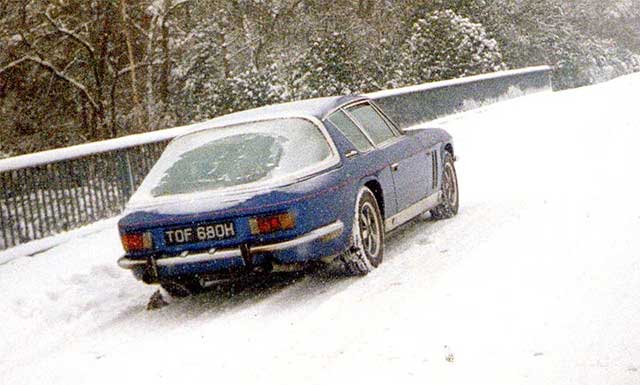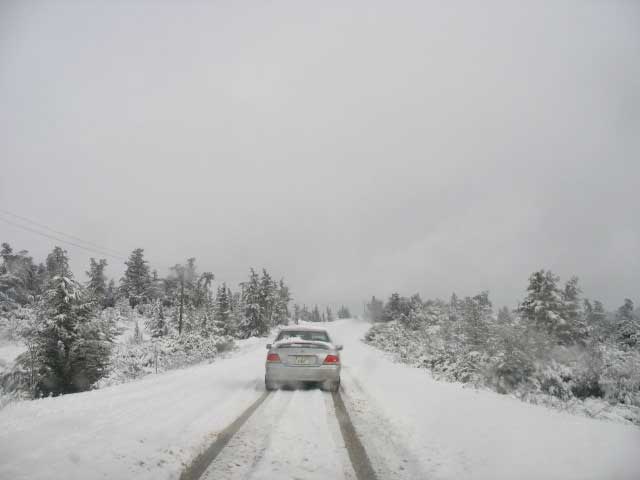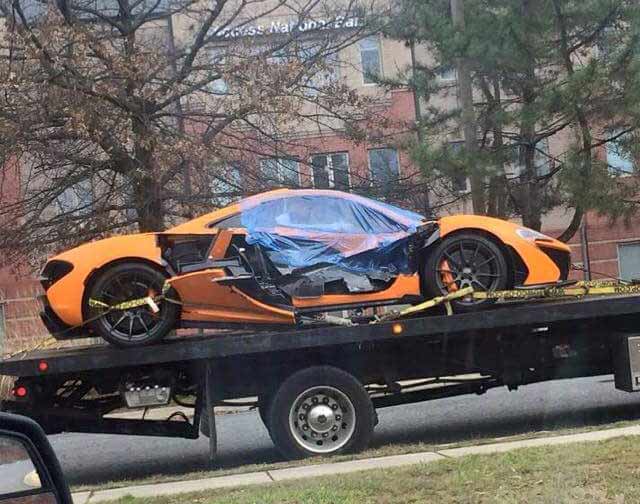Driving in the winter is a lot more dangerous than driving at any other time of year. The weather conditions and the lack of friction mean an accident could appear out of the blue. And, you could hurt yourself in the process. Obviously, you want to avoid this as much as possible, so you need to adapt your driving style when the cold weather hits. These are the tips you need to follow if you want to keep yourself safe at all times when you drive.
Table of Contents
Get Your Car Serviced
Lots of drivers don’t bother about servicing their car until a problem appears. At any other time of the year that is an okay attitude. The car will more than likely make its way to the garage, so why bother with the hassle and unnecessary payments? But, in the winter, a service becomes a lot more important as they deal with issues that could become a major problem. The cold weather exacerbates the issues, which is why they need fixing as soon as possible. Your best option is to use a garage such as Milestone Liberty as they provide a good service at an affordable rate. But, you don’t have to use them if you don’t want as long as you go to a mechanic regularly.
Image Credit: Wikimedia Commons
Drive Slowly
Even if the roads look fine, there could be ice or moisture on the roads that could result in an accident. The key to driving in the winter is to drive slowly so that you can react to any problems when they arise. If you are driving quickly, the odds of you getting yourself out of trouble are slim to zero. Plus, driving quickly in poor conditions is a recipe for disaster because it makes an accident more likely. Try and drive five to ten miles slower than you would normally to accommodate for the bad weather.
Image Credit: Wikimedia Commons
Drive In A Low Gear
The lower the gear, the slower you will go. That doesn’t mean that you should drive around in first gear all day. But, it does mean that you should avoid fourth and fifth as much as possible. If you are driving slowly there is no need for a high gear, and driving in a low gear makes more sense. The lower gears give you more control over the car as it is not travelling at a high speed. So, you should be more than capable of avoiding any hazardous situations. Remember: you can hit thirty to forty miles an hour in third gear, and should be plenty.
Brake Through The Gears
Heavy braking is not a good thing in wintery conditions because of the lack of friction on the road. To make sure you brake in time and don’t spin, go through the gears or engine brake. It is a natural and safe way to check the speed of the car.
Be Alert
The key to driving in the winter is to stay alert. At the end of the day, you can change your driving style as much as you please, but it won’t make a difference. If you are not alert to the potential dangers on the road, you could easily cause or be involved in an accident.















